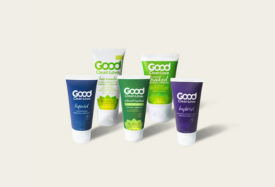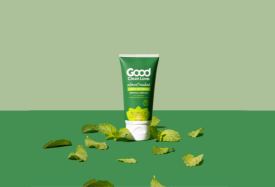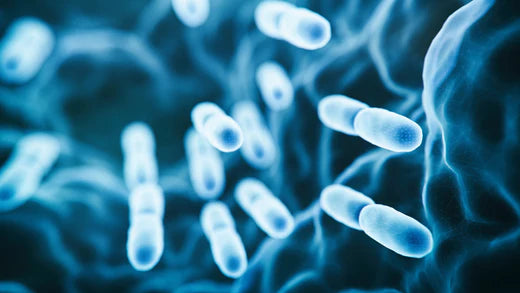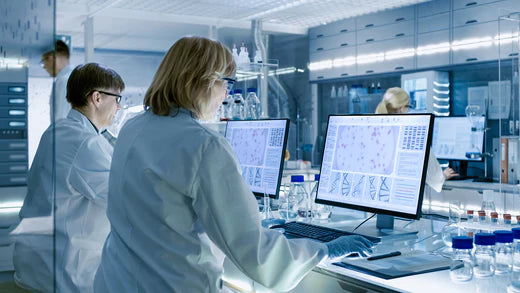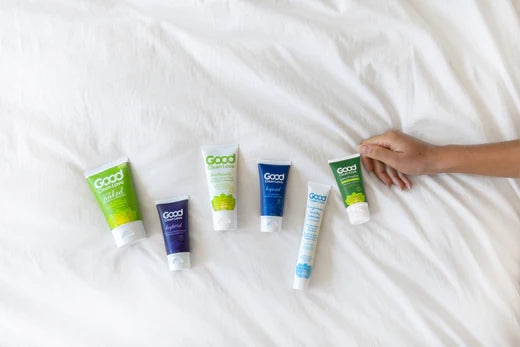Last spring I found a painful lump in my breast. I was in the midst of a big financial transaction, so plenty of anxiety already. For a few days I kept checking to see if I was imagining it. Then, I showed it to my husband and he confirmed that it was a hard and not a moveable lump, and it still hurt. On the 4th day, I called for a mammogram. I was scheduled within a week—which at first surprised me—until I learned that at age 60, I fall squarely at the age when over half of all breast cancers are diagnosed.
Breast cancer is the most common cancer in women, making up 30% of all women’s cancers. In 2022, over 300,000 women will be diagnosed and over 40,000 will die of breast cancer. Overall, the average risk of developing breast cancer is about 13%, or one in eight. More research and resources need to be applied to developing better treatments for lethal breast cancers, but also toward understanding the breast organ itself and distinguishing among the unique types of cancers and appropriate treatments for them.
The truth is that the human breast is a unique adaptation among mammals. While other mammals only have enlarged breasts during nursing, humans have breasts that are large throughout life;and they have become increasingly larger at increasingly younger ages. Our breasts are glands made of fatty tissues that absorb toxins like a soft pair of sponges or, as Florence Williams describes them in her 2012 exposé investigation into our breasts, “Malignancies that are waiting to happen.” And happening they are– breast cancer diagnosis has doubled worldwide since 1940.
And yet, there has been little distinction offered between the types of cancer a woman has and its outcomes, so in most instances, women undergo the same intensity of treatment, including invasive and often multiple surgeries, chemo, and radiation. As any woman who undergoes this treatment protocol will share, the treatment itself carries huge amounts of collateral damage to every system in the body. And while these treatments are warranted for certain types of lethal breast cancer, for others, these life-sapping treatments do more harm than good.
This is precisely the place where more money and resources need to be demanded for women’s health. Clinicians need to knowthe differences to avoid the over treatment of early stage cancers. Recent research has shown that 20-25% of detected cancers are termed DCIS which are early stage and are generally indolent tumors found in milk ducts. Mortality risk for this kind of cancer is 3%, the same as the general population and, more importantly, women with this type of early stage cancer generally do not benefit from chemo.
I was fortunate, as I lay on the table in my biopsy, that I slipped through once again with a fibroid instead of a cancer. But I know that fear of "what if?" that lives with most women. At my age, I know three women personally that were not so lucky. Taking care of yourself is critical and is the one place where our agency and life choices have a big impact.
1. Adopting Healthy Habits Can Make a Difference
70% of the risk factors that contribute to a cancer diagnosis fall under the category of lifestyle choices. Here's some lifestyle choices you can make to reduce your risk:
2. Make time for Routine Screenings
Your doctor or gynecologist can advise you on which cancer screenings you’re eligible for and when.
Pay Attention to How You Feel
If you notice any of the following changes, you may consider talking about them with your doctor.


